Sales representatives work odd hours — early morning, late evenings, on weekends, and even sacrifice their vacations to prospect and deal with clients. What is the biggest motivation for sales executives or dealers to work so hard? Why is it one of the major industries in the US?
A few reasons you may have heard: The dream job, flexible working hours, learning and growth opportunities, interpersonal skill development, access to a large professional network, etc. The most common among them, and the truth in the heart, is the hefty paycheck/money or fee/commission (for high-end employment) they get after sealing the deals. The high-end sales jobs (securities, commodities, financial services) needing skills, knowledge, experience, and risk-taking in the US (Connecticut) provide up to $160,000 a year. Even low-end jobs with no skill requirement (like retail cashiers) provide decent hourly wages of $12.5.
Depending on the industry and employer reward structures, sales executives earn anywhere between 2% and 100% of their paycheck through sales commissions. The money executives get as a reward for achieving their targets or closing a deal is the motivating and driving force of the hardcore competitive sales industry.
Commission Sheet Templates For Accurate Tracking
Providing (and presenting) fair and accurate compensation to sales representatives reflects on the employee-friendly, responsible, ethical, and high-value nature of organizations. It is also an intelligent strategy to win a loyal salesforce and contractors who prefer to work with you over other businesses.
Our commission sheet templates will make the tracking of payouts a breeze for you and help you empower the sales force or contractors with precise information.
These content-ready presentation slides give you the much-needed structure to create professional and easy-to-read commission sheets. The 100% customizable nature of these PPT Templates provides you the desired flexibility to edit your creation.
Without further ado, let’s explore these must have commission sheet templates!
1. Sales Team Commission Tracking Sheet Presentation Template
This template presents employees’ data in a transparent manner that will help your sales team understand their potential. It will create a competitive environment for team members to thrive and push boundaries to achieve/stay at the top position. It includes sales information like dates, customer names, order numbers, revenue, sales representative names/IDs, commission ratio, amount, and payout. Download it now!
2. One-page Weekly Sales Commission Sheet Presentation Template
Take advantage of this PowerPoint Design to keep a neat and organized record of weekly sales targets of team members. It helps in tracking major sales contributors. Brokerage firms will find this one-page commission sheet design helpful for recording and presenting the highest sale of the day, including information on account names, handler names, sales amounts, and commissions earned. Get it now!
3. One-page Product Commission Sheet Presentation Template
Use this presentation set to create a compact yet easy-to-understand and detailed one-page product sales and commission report of the executive. Our design makes intelligent use of A4 space to adjust critical data presenting charts, bar graphs, and funnels to create something that is eminently readable. It summarizes the commission sheet, associate details — name, area, start and end dates, top-sold products, performance data (KPIs), regional sales data, funnel statistics, and a product commission sheet. Download now!
Nothing Goes Untracked!
A commission sheet is a crucial tool in managing sales activities. It helps bring transparency and accountability to the sales employee-employer relationship. One significant reason for using commission sheets is to motivate salespersons and prove the confidence you have in their potential to tap the market. Our presentation service team designed these commission sheet templates to help businesses, sales representatives, brokerage firms, and independent contractors keep a ready-to-present record of their hard-earned money.
Download these commission sheet templates from the above links. You will find a more helpful and exhaustive collection of business/sales/product/process designs on our website.
Feel free to explore it!
FAQs on Commission Sheet
1. What is a commission sheet?
A commission sheet is a document that outlines the details of a sales commission agreement between a company and its sales representatives. It includes the commission rate, the sales targets, the sales period, and the sales representative’s responsibilities. It is an important tool for businesses and sales representatives to establish clear expectations and prevent misunderstandings.
Commission sheets provide a clear record of the commission that sales representatives earn, help track performance, and ensure accurate and timely payments.
2. What should a commission sheet include?
A commission sheet includes the following details:
- Commission rate: This is the percentage of the deal that the sales representative will receive as a commission.
- Objectives: The sales representative is expected to achieve goals, such as monthly or quarterly sales targets.
- Sales period: The time during which the representative will work towards achieving their targets.
- Sales representative responsibilities: A description of the sales representative’s roles and responsibilities, such as generating leads, closing sales, and building relationships with clients.
- Payment details: How the commission will be paid, such as monthly or quarterly, and whether bonuses or incentives are tied to achieving specific sales targets.
- Termination clause: This outlines the conditions under which either party can terminate the commission agreement.
- Confidentiality clause: This outlines requirements that the sales representative must abide by, such as protecting the company’s confidential information and trade secrets.
- Non-compete clause: Restrictions on the sales representative’s ability to work for competing companies or engage in activities that conflict with the company’s interests.
3. What is the most common commission structure?
The commission structure depends on the industry and the organization. However, a few widely-used commission structures across industries are:
- Straight commission: In this structure, the sales representative’s income is directly tied to their sales performance. They are paid a percentage of total sales generated.
- Base plus commission: Sales representatives receive a base salary (guaranteed income) as well as a commission for their sales as an incentive to sell more.
- Tiered commission: In this structure, the commission rate increases as the sales representative achieves higher sales targets. For example, a sales representative may receive a 10% commission for sales up to $10,000, a 15% commission for sales between $10,000 and $20,000, and a 20% commission for sales above $20,000.
- Draw against commission: This is a commission structure where the sales representative receives an advance on their commissions (if sales commissions are below the draw), which they must repay with future sales.


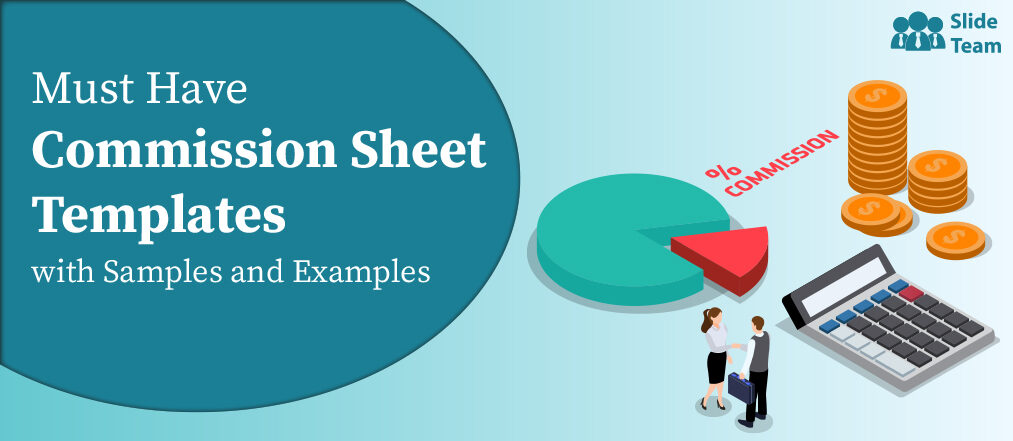


 Customer Reviews
Customer Reviews

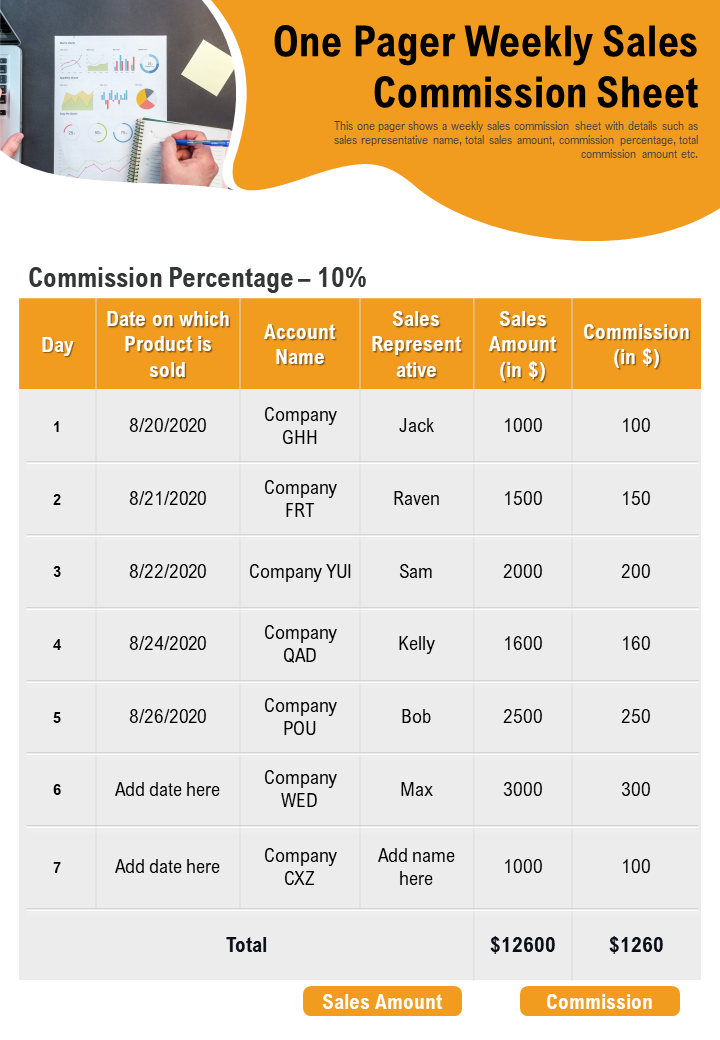
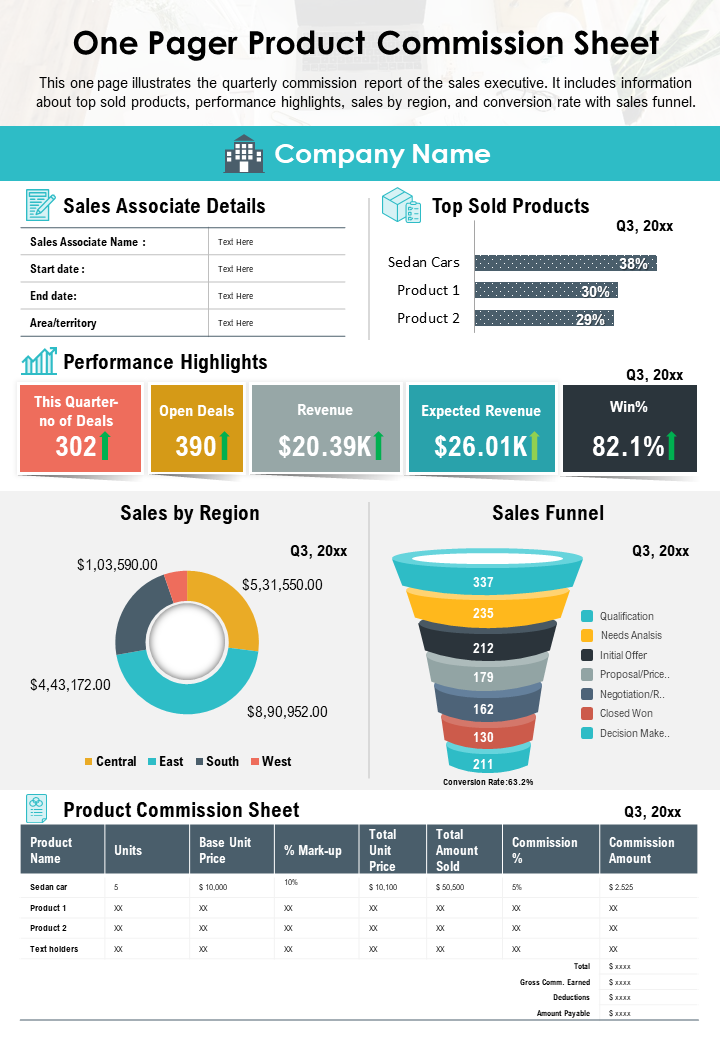





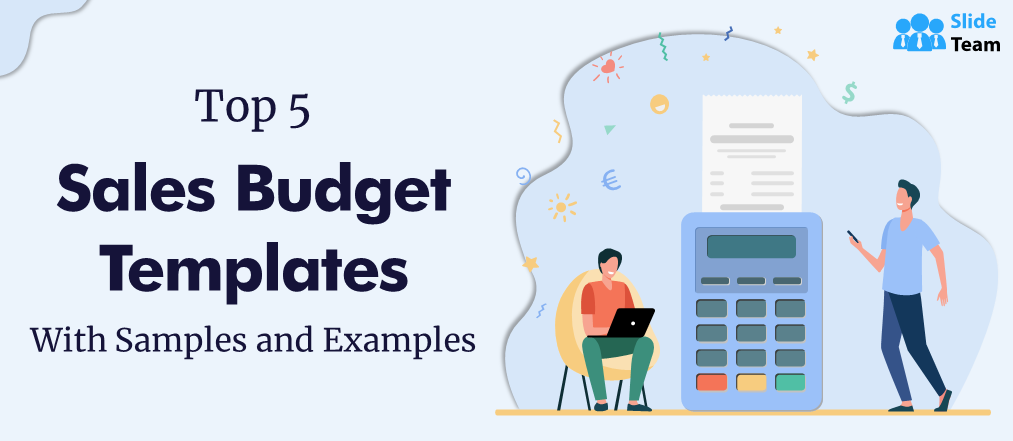

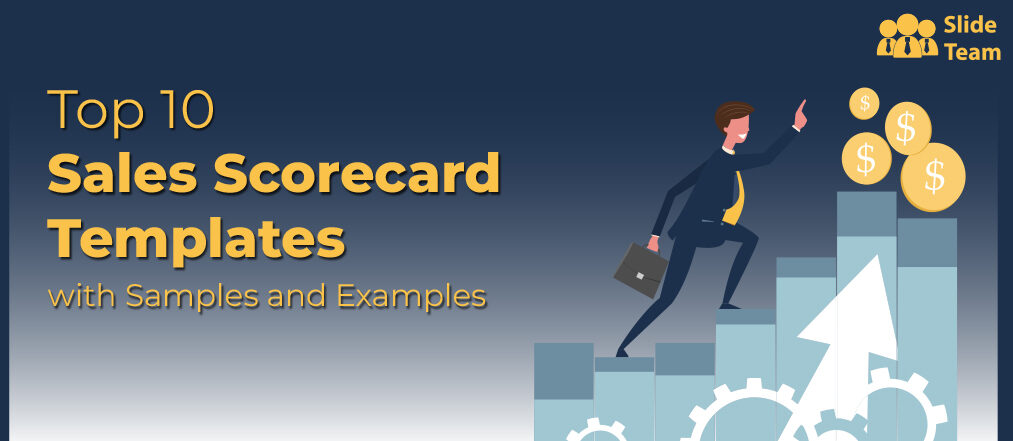

![Sales Coaching Plan Templates To Encourage Your Wolves of Wall Street [Free PDF Attached]](https://www.slideteam.net/wp/wp-content/uploads/2022/03/Top-10-Sales-Coaching-Plan-Templates-1013x441.png)












